Petroleum Geology
Introduction
Petroleum geology is the study of origin, occurrence, movement, accumulation, and exploration of hydrocarbon fuels. It refers to the specific set of geological disciplines that are applied to the search for hydrocarbons (oil and gas). Petroleum geology is principally concerned with the evaluation of seven key elements in sedimentary basins: source, reservoir, seal, trap, timing, maturation, and migration[1].
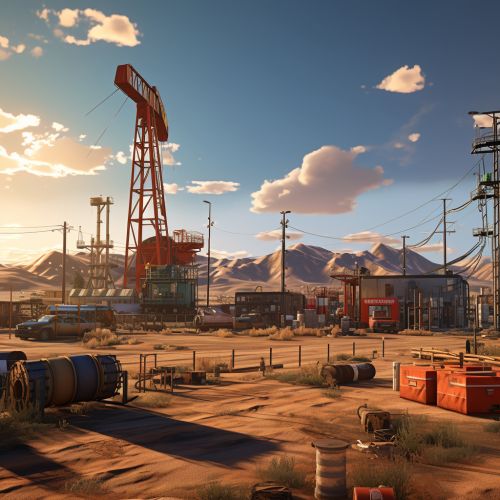
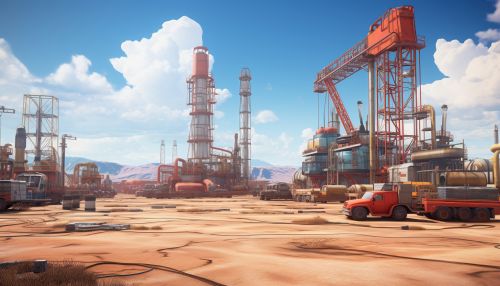
Origin of Petroleum
Petroleum originates from organic materials, such as zooplankton and algae. Large quantities of these remains settle to the sea or lake bottom, mix with sediments, and are buried over time. This process, known as diagenesis, changes these materials into kerogen. With more heat and pressure, the kerogen transforms first into oil shale and then into petroleum[2].
Exploration
The exploration of petroleum involves a series of steps. These steps include the acquisition of surface and subsurface data, seismic interpretation, generation of a drilling prospect, and drilling of the well. The purpose of these steps is to identify the location, size, and quality of the hydrocarbon reservoirs[3].
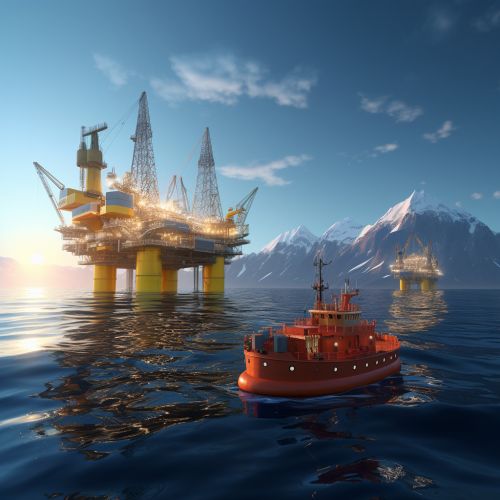
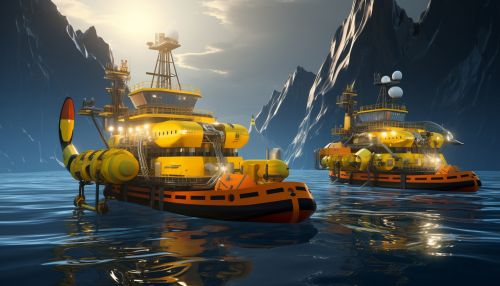
Reservoirs
A petroleum reservoir or oil and gas reservoir is a subsurface pool of hydrocarbons contained in porous or fractured rock formations. The naturally occurring hydrocarbons, such as crude oil or natural gas, are trapped by overlying rock formations with lower permeability. Reservoirs can be classified as conventional and unconventional[4].
Traps
A trap is a geological structure that holds and confines petroleum in a reservoir. Traps can be formed by tectonic forces such as folding and faulting, or by stratigraphic mechanisms such as erosion and sedimentation. There are three types of traps: structural traps, stratigraphic traps, and combination traps[5].
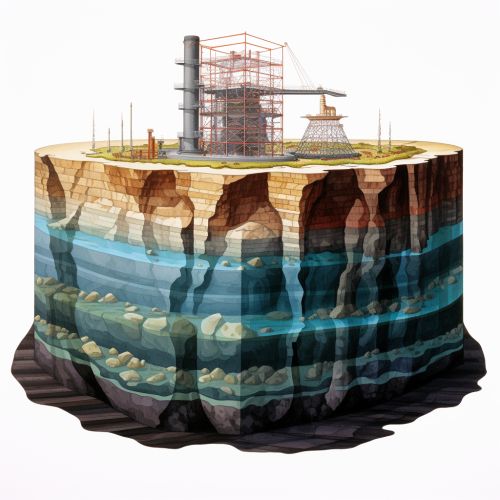
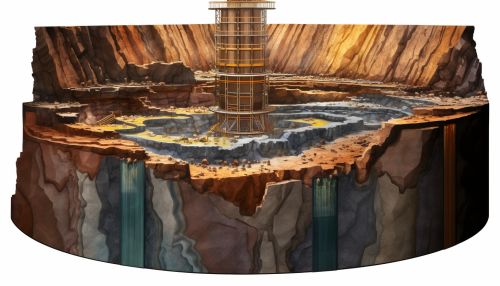
Seals
A seal, or cap rock, is a type of rock that prevents the upward migration of petroleum. It is characterized by low permeability and is usually composed of shales, mudstones, evaporites, or salt domes. The effectiveness of a seal in retaining hydrocarbons in a reservoir is a critical factor in the accumulation of petroleum[6].
Production
The production of petroleum involves extracting the hydrocarbons from the reservoir and separating the mixture into crude oil, natural gas, and water. The extracted hydrocarbons are then treated to remove impurities, and the crude oil is often refined into a variety of products, from gasoline to plastics[7].


